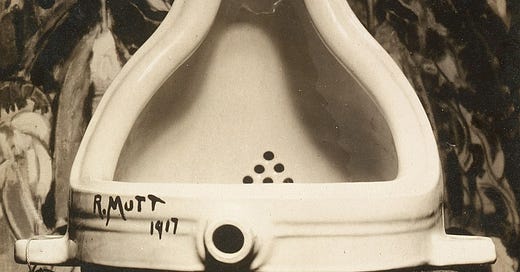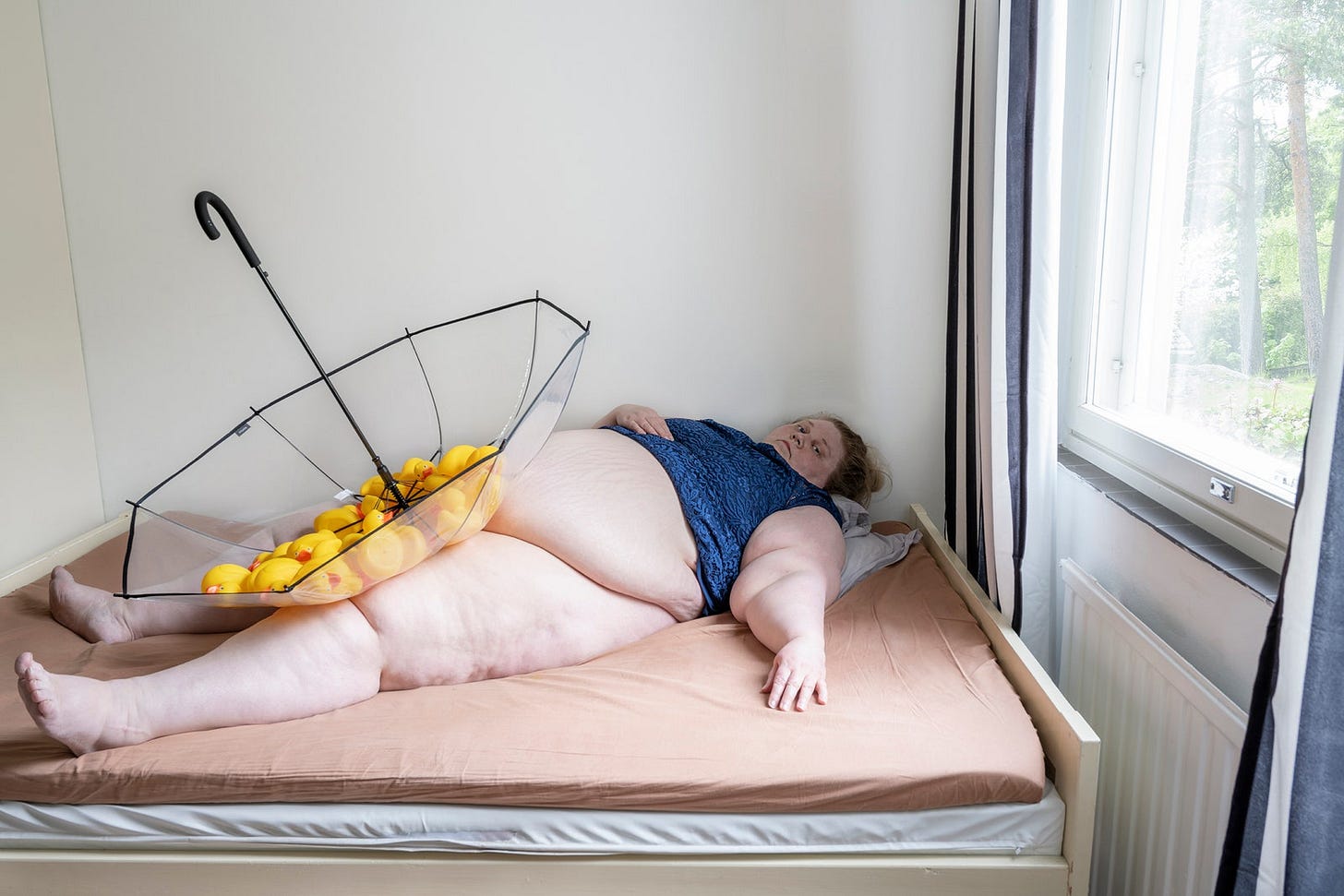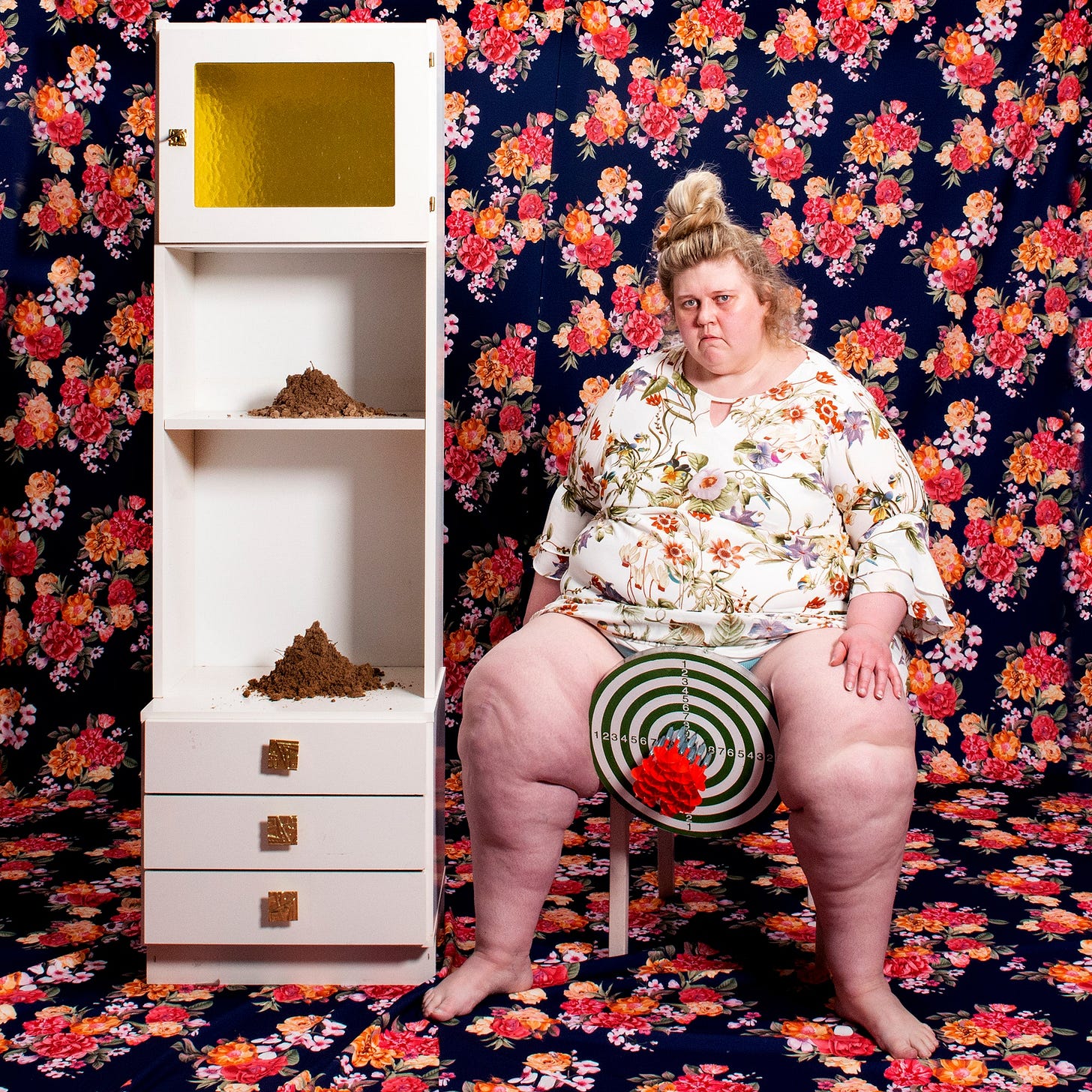In my twenties, if you spotted me on my morning commute there was a good chance I had a copy of the New Yorker in my hand. For that young man the magazine was a totem of the elevated, cultured, educated; what I hoped to be, or at least that's how I wanted to be perceived. Years ago I let my subscription to the New Yorker lapse. This wasn't out of any high-minded disapproval of their editorial decisions; it was simply the things were going largely unread. I couldn't summon the interest in a 20 page story about the last buggy whip-maker in Brooklyn or this year's third profile on a Classics professor with an unorthodox perspective. I stopped worrying about the consumption of the magazine as essential to my intellectual diet; the Babel-like tower stopped growing; and was ultimately tossed, leaving me to an occasional paywall limited gander online. But recently I have noticed something about this staple of the upper-middle-brow coffee table: the magazine has markedly changed.
Even a slightly cogent reader could tell you that everyone reading and writing for the magazine has always been a mile left of center. Whereas before the magazine seemed to rarely condescend into pedestrian horse-race punditry, now it seems as obsessed as say The Hill, Newsweek or Politico. The non-political sections seem to have been marginalized, or ultimately colored by this change of focus. This goes too for the famous cartoons (always the first thing everyone looks at) that have become unabashedly, and un-funnily political. Then my favorite art critic of all time Peter Schjeldahl died. Schjeldahl’s death signaled a collapse in the quality of the fine art criticism. What I once reached for elevation feels today degrading, debased.
In May of this year the magazine published a piece on the work of Finnish artist Iiu Susiraj. The work of this artist certainly grabs one's attention. The reason for this importunate eye-catching is probably due to the artist’s (acting as the subject of each photograph) corpulence. Her body is the focus of these photographs. An assortment of various bric-a-brac are played with, or adorn her body. But it is the artist’s body that is the star of the show, and an extraordinarily vacuous show at that.
In some pictures food makes an appearance in the tableau, which is as close as these photographs come to having any sort of subject matter. What we have in these photos is absurdist ready-mades, with the same Duchampian tautological surmise-that it’s art because I say it’s art. Her photograph titled Fountain is an obvious reference to Duchamp’s most famous work. In her photograph, the body lies naked from the waste down, supporting-or acting as a pedestal for the absurdist assemblage of an umbrella full of rubber ducks.
Duchamp’s ready-mades typified the cynical absurdist Dada ethos vis-a-vis art and artists. Put simply there isn’t a special role or place for either. A urinal flipped over can be as much a sculpture as a Brancusi, was the proclamation of the piece he entitled Fountain. Iiu Susiraj has the same attitude. But her photography pushes further. With her body as the cynosure of her oeuvre, we see a formula throughout her photographs. This is not a person acting in a world of things, all we see is things-assorted objects. To the extent that her work is like Duchamp’s, her body takes the place of the urinal-object as art-piece. The lack of human affect-a body acting as a mere object seems to be a draw for the author of the piece in the The New Yorker:
“Indifference is one of the purest forms of defiance, but her disciplined impassivity, her refusal to cue the viewers’ reaction, is more than that. Her unwillingness to feed us meaning is more provocative, and disquieting, than an obvious dare, and it leaves a more lasting impression.”
Susiraj is deadpan and the author makes a lot of this. But a toaster is also deadpan. The objectification and denigration of the body is salient for the author, and for her apparently, that is enough for anyone to ask for. A shock, disgust, mere sensation is sufficient for her and The New Yorker to celebrate. Johanna Fateman the author of the piece is a punk rocker and part time writer or vice versa. Perhaps the punk rock aesthetic of ugliness and vapidity have worn her discernment down to the point that she needs an absolute affront to her intellectual and visual faculties to get a quiver of sensation, like a junkie needing progressively more drugs to get high. Like heroin (and punk rock for that matter), rebarbative art will never aspire to do something as dewy-eyed as elevate.
These photographs are ugly. The banality of the assemblages and Susiraj’s attitude are key in depicting an extremely nihilistic weltanschauung; a world-view that sees no distinction the temple of Zeus and the Augean stables; a worldview that we are incapable of elevating out of our mire. Susiraj’s heft confuses and obfuscates this fact. Her body is very large, but any body would be ugly in these settings. I venture to say however, that her fat acts as apotropaic to criticism. To many, no doubt, these pictures celebrate “beauty at any size.” Don’t be fooled.
Keep in mind the piece in The New Yorker is not a review of a show. This piece of writing appears as a feature called Photo Booth. The Magazine considers this work worth seeing and appreciating, not just reviewing. As I have said, I first saw this piece something like five months ago. It has stuck in my craw this long. Ms Fateman would, no doubt, say that this is evidence of the quality of Iiu Susiraj’s art . But the persistence of my distaste was not in regard to the photographs. I was actually emotionally depressed by the state of the magazine I once hoped would make me a better person. I’m saddened that what purports to be refinement, is actually sardonic aloofness. Maybe it’s always been this way.
Maybe I’m not as hip or sophisticated as I once was or hoped to be. It’s a progression as predictable as skin wrinkling and hair greying, our world seems to get worse. Things we once liked or even loved are now unrecognizable and despicable. I know the opprobrium leveled at me and my kind of kvetching is that it's always been this way, I have just gotten old, stupid and lame-next thing you know the guy is going start quoting Keats-pining for such corny things as beauty and truth. All of this can be correct and still I don’t have to approve of what I see. It pains me, but sometimes you need to cede a cultural battle. But I haven't given up the war. I believe in beauty.








I hate to say it, Mason, but I think you took the bait. And now it’s been fed to me, second hand.
Maybe the best way to make the online ugliness disappear, is to ignore it. Apparently, that’s what you tried to do, for months, but couldn’t resist taking a jab at one of the idiot punk hipsters the failing New Yorker now employs to concoct the click bait garbage.